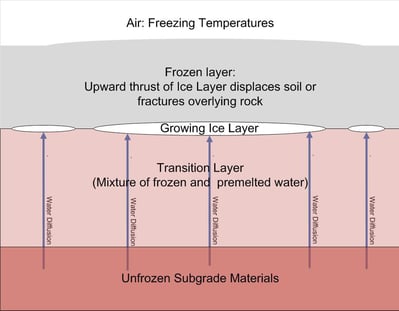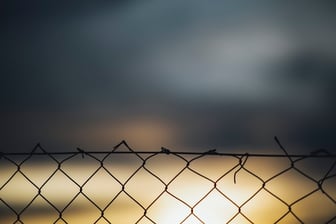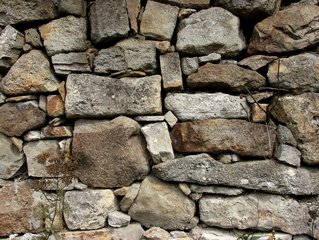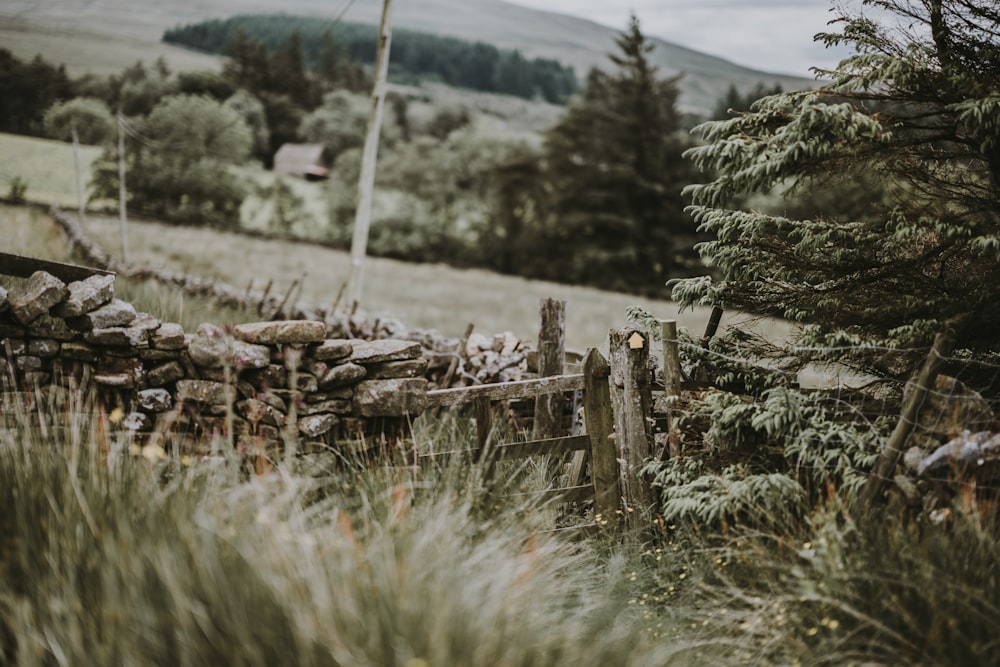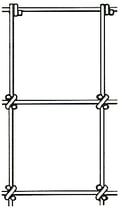Expansion
Frost heaves are caused by water that is drawn up through deep unfrozen soil to varying depths of frozen soil beneath ground level. A horizontal ice lens grows particularly in clay-type soil, collects below the frozen soil, and then expands as it freezes, slowly pushing soil, as well as rocks and debris, upwards.
Courtesy of Wikipedia Commons
What Lurks Below
Certain types of soils are not a concern. Gravel and sandy soil are not susceptible to the exchange of moisture that create frost heaves. Very thick clay soil is also immune. Also, where frost only penetrates the soil an inch or two there is no need to be concerned about frost heaves, such as on the west coast and the southernmost parts of the U.S.
However, where freezing goes deeply into the soil, your fence posts (and the footings of your deck) are subject to this upward pressure. The concrete in the fence post's base is an excellent conductor of heat and attracts moisture which can form an ice lens around the concrete base, rendering it susceptible to movement. A pressure-treated wooden post is not a good conductor of heat, particularly when wrapped with plastic or coated with tar; this helps prevent the up and down movement of the post.
General Guidelines
Most likely, setting a post a couple of feet, and up to 5 feet, is required to offset this issue. Your local town building inspector probably has guidelines for the best depths for fence posts in your particular area. If you dig a hole that's wider at the top in a V shape, you'll have a problem. The smaller bottom of the hole will provide little resistance for the upward pressure of the moisture and what follows it. A hole dug in the shape of a bell (wider at the bottom) is better, fill it with:
- concrete
- gravel or gravel with masonry sand for good compaction
- then tamp it down every six inches
Bring the concrete or fill within a few inches of ground level and fill the rest of the way up with tamped-down dirt. Concrete footers are the best bet for offsetting the pressure that works on the fence above the frost line. Some experts recommend an insulating pad of Styrofoam about 2 inches thick beneath the footer. However, when all is said and done, setting your posts at least 2 feet underground is a safe bet.
Frost heaves can also push up plants and expose roots to damaging wind and cold, not to mention poorly prepared roads and sidewalks.
Here's a thorough going-over of the process with a variety of scenarios:
Do you have expertise in your area on the subject of frost heaves? Please share your insights or recommendations below.


